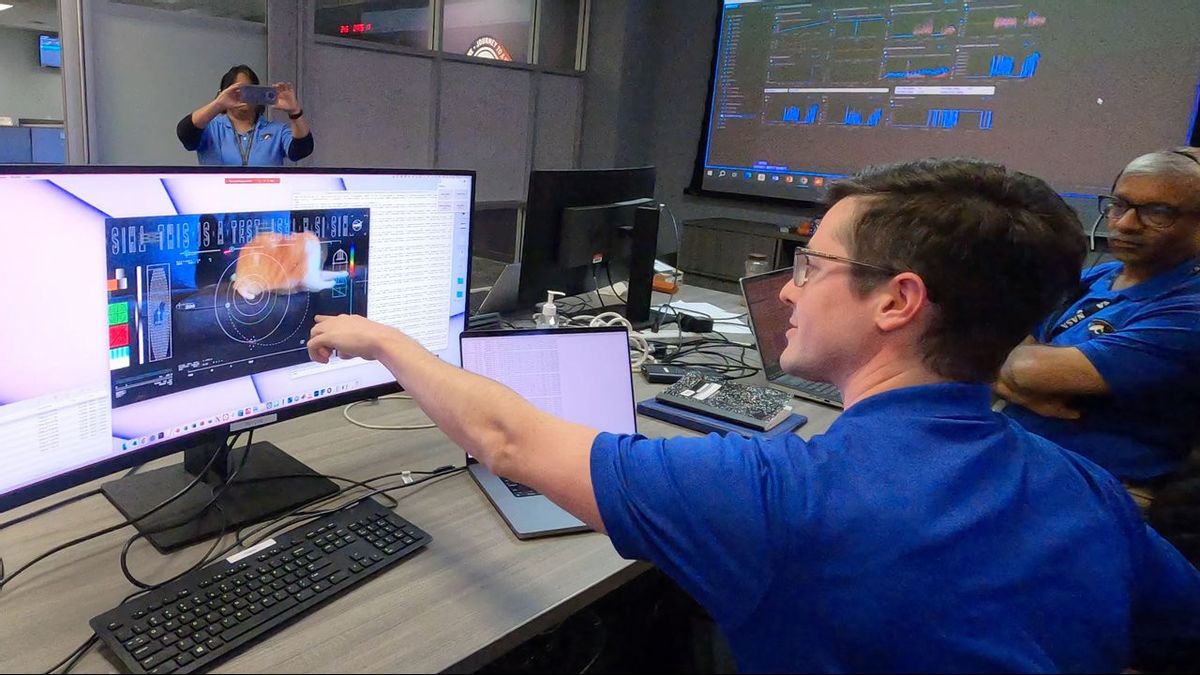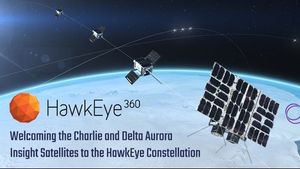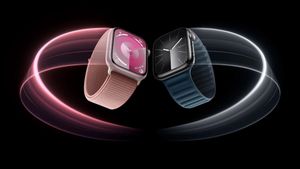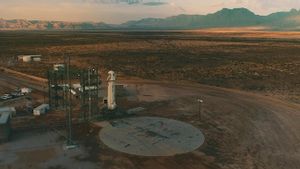JAKARTA – Space Optical Communication (DSOC), which was launched by the United States Aeronautics and Space Administration (NASA) in mid-October, succeeded in breaking a record.
According to a NASA release, DSOC has sent high-quality video from a distance of nearly 31 million kilometers or 80 times the distance from Earth to the Moon. Due to this achievement, DSOC managed to set a record as the first optical communication to transmit high definition (HD) video.
NASA Deputy Administrator, Pam Melroy, welcomed this record-breaking. He said that, “This achievement underscores our commitment to advancing optical communications as a key element to meet future data transmission needs.”
This record-breaking began with a short HD video uploaded before DSOC was launched with the Psyche spacecraft. This video shows an orange cat named Taters, belonging to one of the Jet Propulsion Laboratory (JPL) employees, who is chasing a laser pointer.
SEE ALSO:
This 15-second video was successfully sent back by DSOC on Monday, December 11 using a laser transceiver flight instrument. NASA says that this HD video only takes 101 seconds to reach Earth.
Additionally, this video of Taters playing is also sent at a system maximum bit rate of 267Mbps. In order to be played in real-time at NASA's JPL, the DSOC instrument must first transmit the code to the Hale Telescope at Caltech's Palomar Observatory in San Diego.
With this success, Melroy believes that DSOC can help NASA achieve its exploration and science goals in the future. The hope is that optical communications technology outside the Earth system can support sustainable solar system communications.
The English, Chinese, Japanese, Arabic, and French versions are automatically generated by the AI. So there may still be inaccuracies in translating, please always see Indonesian as our main language. (system supported by DigitalSiber.id)

















